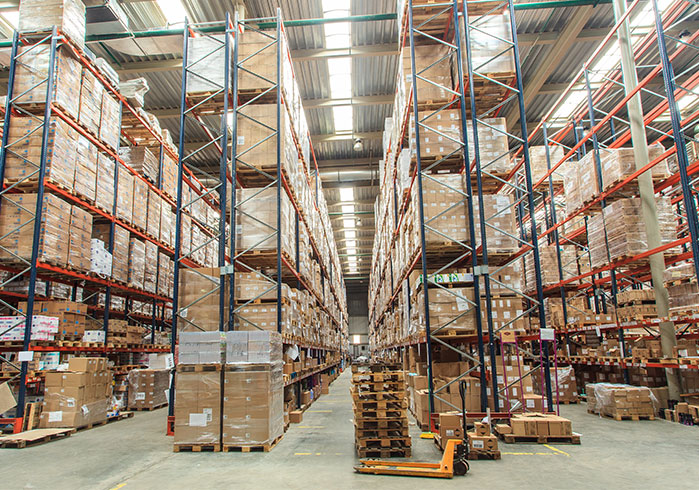
There is an increasing level of sophistication that customers expect from logistics. During the Covid-19 crisis, the robustness of supply chains has become a topic of critical concern. The media has both interrogated existing systems and highlighted areas that require improvement.
Nevertheless, there is some level of ignorance about the role that outsourced logistics play. Even the various levels such as 3PL and 5PL are a mystery to all but industry insiders. Although, third-party logistics remain a prominent and critical service to many businesses.
The basics of third-party logistics
Third-party logistics, or 3PL, is used when referring to a fulfillment center or fulfillment warehouse. Companies that provide 3PL services offer many of the same services that order fulfillment companies do. These services include:
- FTL and LTL freight shipping
- Inventory management
- Kitting and customization
- Picking and packing
- Reverse logistics (returns)
- Shipping and receiving
- Warehousing
Under this arrangement, a third-party logistics company acts as an eCommerce fulfillment company. Its role is to provide all the necessary services for logistics operations.
Some of these providers are equipped for cold fulfillment. This means that they can store and ship food products that require refrigeration or freezing. Other 3PL companies store and ship hazardous materials. Some companies even specialize in a specific niche like heavy, bulky, and high-value products.
The best 3PL companies are part of the technological revolution. For example, they rely on software that can track all activities. The vast majority of 3PLs have dashboards that allow clients to access logistics data in real-time to aid decision-making. An effective 3PL service provider has a combination of tech, warehousing, and logistics competencies.
From 1PL to 5PL: The Levels of Logistics
There are various levels of logistics services including 1PL, 2PL, 3PL, 4PL, 5PL, etc. Part of this arrangement is to deal with the complex requirements of the market today. New levels are increasingly being created to deal with business problems in the most efficient way possible. Currently, the most common categories include 3PL, 4PL, and 5PL. However, the entire range is 1PL to 10PL. The first five can be categorized as follows:
- First-party logistics (1PL): In this case, the manufacturer can handle its shipping and warehousing needs. 1PL companies will have a dedicated fleet of trucks. Few companies these days rely on such a model because outsourcing improves flexibility.
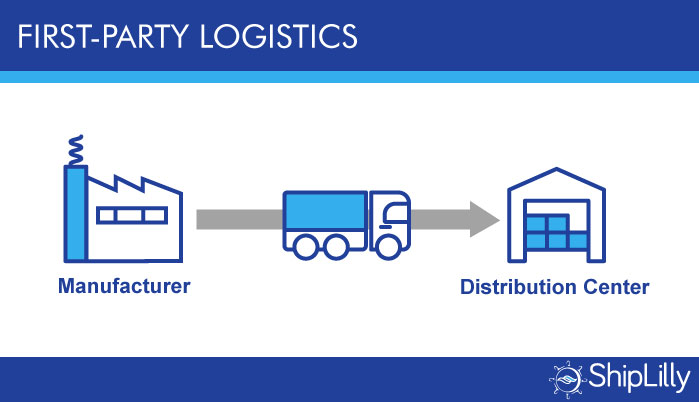
- Second-party logistics (2PL): In this case, the provider only handles the transportation aspect in the supply chain. Examples of this approach include shipping and trucking companies.
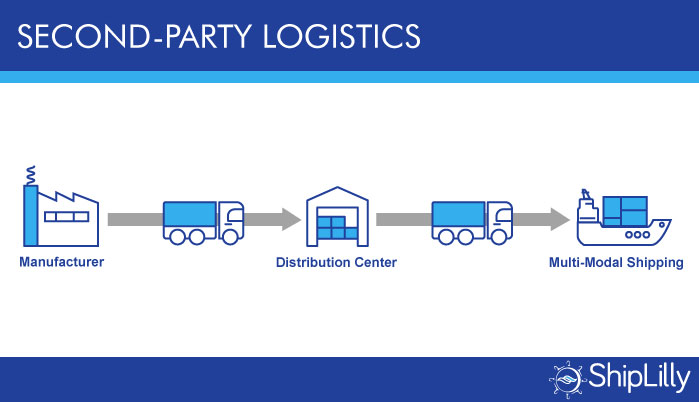
- Third-party logistics (3PL): This category manages both outbound and inbound transportation requests in addition to warehousing. It is common for these providers to lease warehouse space and they also do not own a fleet of trucks. Instead, they outsource these aspects to other carriers for purposes of shipping and freight. This approach is popular today with both small and larger businesses.
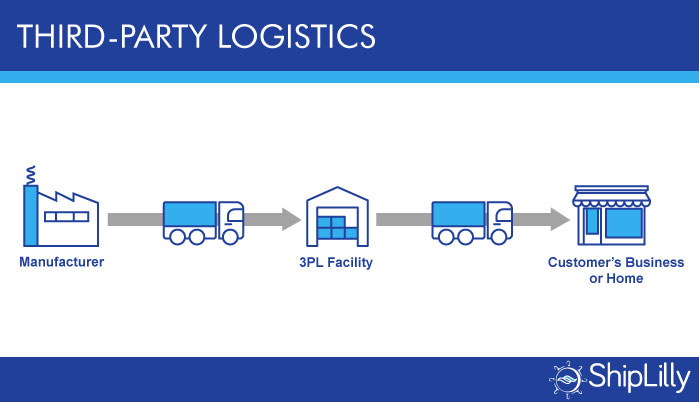
- Fourth-party logistics (4PL): Under this arrangement, the companies do not have any physical assets to be used for moving products. Instead, they play a consulting role in managing the process for their clients. They will contract 3PLs, freight companies, and other companies to deliver the necessary support. Some clients consider them to be a fulfillment concierge, based on their expertise in assembling and managing an outsourced supply chain.
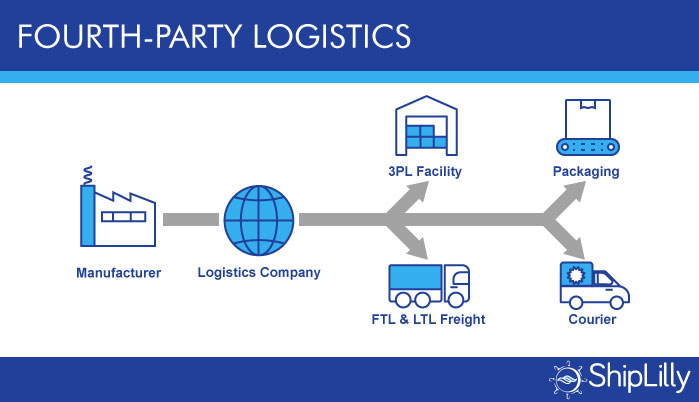
- Fifth-party logistics (5PL): This is an upgrade to the consulting level of 4PL. In this case, the provider combines the shipping needs of multiple 3PLs. That allows for leveraging market dominance to negotiate favorable carrier rates. For example, some companies use 5PL to run all aspects of the supply chain. The provider sources services and negotiates appropriate contracts on your behalf under this arrangement.
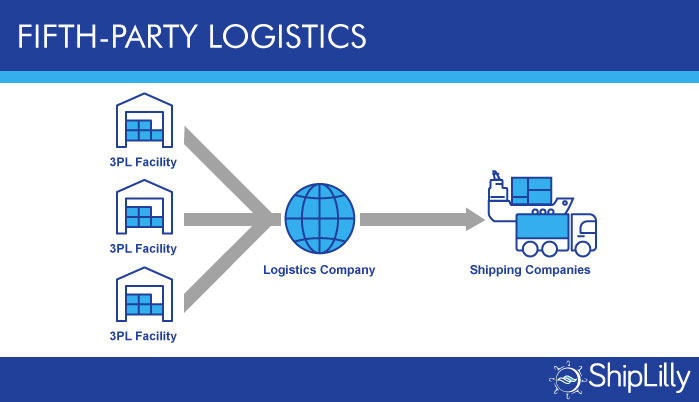
Beyond 5PL
Before the 1980s, it was rare to outsource logistics. Outsourcing started as a response to changing regulations in the industry. The introduction of new technologies also significantly transformed supply chains. This led to the introduction of 3PL, 4PL, 5PL, and other services to meet new needs.
With the development and deployment of artificial intelligence or AI, further changes in the industry were inevitable. Indeed, some are already envisioning 10PL services in the future, yet they have not been operationalized and commercialized. Here are some of the expected developments in the near future:

- Sixth-party logistics (6PL): These are expected to provide ecologically sound supply chain management. The key performance indicators in this niche will focus on the use of resources and the renewability of activities. Additionally, they may also consider equitability in supply chain management. It is anticipated that the providers will have to meet high standards of environmental and social accountability.
- Seventh-party logistics (7PL): This is a combination of 3PL and 4PL services including full-service fulfillment, warehousing, and transport services all-in-one. The 7PL provider has the strategic management expertise of a 4PL provider; with the additional advantage of owning and controlling certain physical assets such as a warehouse which would be typical of a 3PL provider.
- 8PL and beyond: Beyond 7PL, the configuration of supply chain management reflects the priorities and the specific business model of the client. A high-level committee would be expected in an 8PL setting. The committee would then analyze industry practices to propose interventions that bridge the gaps. The 9PL level is all about identifying crowd-sourced solutions that meet last-mile delivery requirements. Examples include Lyft or Doordash. Meanwhile, the 10PL providers all use artificial intelligence such that the supply chain becomes self-aware and can run itself.
Wrapping Up
Businesses need to consider what level of support is appropriate for them. The realities of running the business will influence that choice. For example, some prefer to be closer to the decision-making process while others adopt a hands-off approach. Outsourcing allows stakeholders to focus on other critical business transactions. However, others may feel that there is an unsustainable level of risk that must be mitigated before this arrangement becomes viable. The most important thing is to carefully examine all your options before settling on the one that works best for you.
Please contact us if you’d like to know more about the comprehensive 3pl Services that ShipLilly provides.

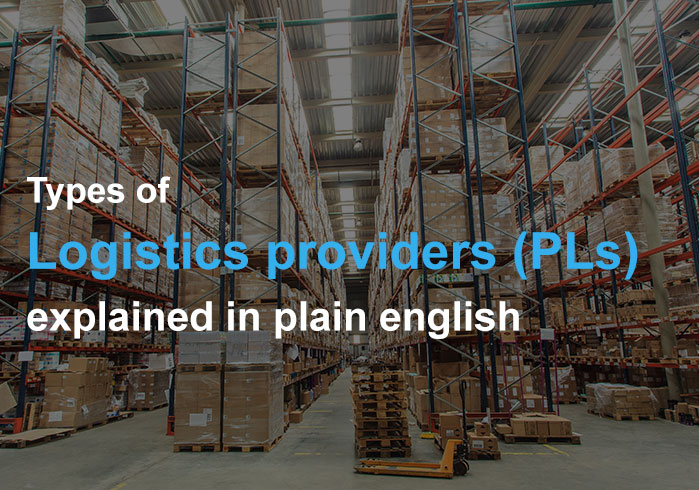

18 Comments on “Types of Logistics Providers Explained in Plain English”
Wow, such a wonderful topic you have shared and I really appreciate this. Yes, logistics performance is in the eye of the beholder and many of the companies are getting benefited with this also. Well, I also searching for good courier service before then I found Amgrelo for which I got benefited with easy shipments. So I must suggest this to all.
Hi Giovanni, we are glad you found our article useful. Thank you for reading us!
Hey,
We noticed your Article. We just loved it.
Great Advice! Your article has all the necessary details on the given topic. Thanks for sharing such an excellent blog. We also achieved success through immense care in planning and choosing the right resources and execution, be it the shipping services, cargo freight services and transportation to a clear title. Our constant endeavor is always to provide the best for our customers. Find the place that is waiting for you nearby the United States right now.
If you like it feel free and share it and Thanks again for this helpful article!
Nice Article has valid points.
Indeed, coordination execution is subjective depending on each person’s preferences and a significant number of the organizations are getting profited with this moreover.
Hey,
We came upon your article. It was fantastic.
This is one of the most incredible blogs I’ve read in a very long time.
I appreciate your skills and style in elaborating on the topic. It bound the reader for long. Really excellent . Very clear informative article.
Thank you for this nice post.
Very informative blog, It’s very useful for each and everyone who is running a warehouse.
Third Party Logistics plays an important role since it provides a variety of services to customers, and its continuous improvement has made it more useful in meeting the business demands of clients all over the world. I used to have problems with business productivity, but that was no longer the case when I discovered LogiCore Inc., which creates a one-of-a-kind collaboration with their clients in terms of offering productive services. In fact, they also provide 3PL and 4PL services, which you can learn more about at.
I like the way you explain this topic. I understand the every bit of this article.
Great post, thank you for sharing this useful and helpful information.
I will be happy if I get opportunity to America to work
Loving it. Looking forward to be part of the. Workers
this is a great article about freight provider
thank you
Im interested
I found this blog to be incredibly insightful and well-explained. It does an excellent job of breaking down the different types of logistics providers in a clear and understandable manner. Understanding these distinctions is crucial for anyone involved in logistics or supply chain management. Additionally, for those looking to optimize their logistics operations, Cargo365Cloud is a top-notch logistic management software provider in India that’s definitely worth considering.